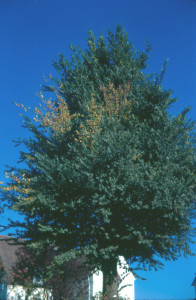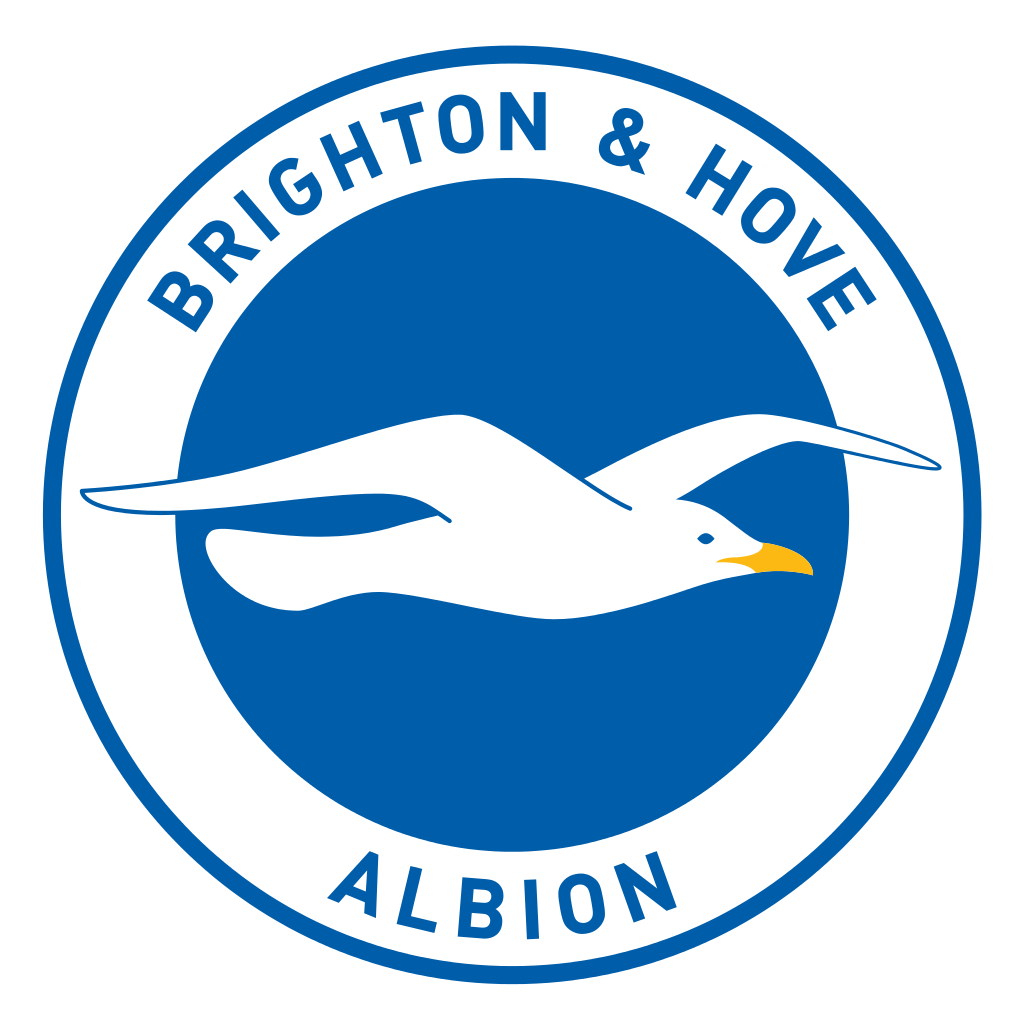Two trees infected with Dutch elm disease have been felled in Queens Park in a bid to stem a summer outbreak.

The trees, including one which is as old as the park itself, were cut down earlier this month after park rangers spotted the telltale signs of the disease.
The council is now appealing for park users to help them spot any more infected trees, so it can stop it spreading further.
Delia Forrester told a meeting of the Queen’s Park Local Action Team last week: “We have lost a couple of trees int eh past week to Dutch elm disease. The disease manifests itself by branches becoming discoloured. By the time the disease has gone that far it has to be removed and burnt. Everyone should be watching out for dodgy looking patches.
“One which was lost last week was as old as the park. If you see any digging it will probably be someone digging a trench to prevent it spreading through the roots.”
A council spokesman said: “Elm disease is most active during the early summer months when the beetles fly to find new trees. The council’s arboricultural team is checking trees during this time and reducing the numbers of infected trees to contain the spread of the beetles.
“Elm disease can’t be completely eradicated but Brighton and Hove has a good record of ensuring it doesn’t spread and in preserving its elm population which is why the city holds the national elm collection.
“As part of the summer programme, two trees were felled in Queens Park but this is a last resort and we will try and contain any outbreaks by cutting out diseased branches to try and save trees if that is at all possible.
“We rely on the public to tell us about any trees they suspect may be infected. Signs to look out for are:
- Clusters of leaves turning yellow and wilt on the twig/branch. Later they turn brown and fall
- The affected shoots die back from the tips and may bend to form a shepherds crook
- Positive signs of wilt disease show as dark streaks just beneath the bark layer on the wood. Sometime the wood has spots or stains
“Alerting the Council as soon as possible helps prevent spread of the beetles transporting the disease to other trees – you can do that at www.brighton-hove.gov.uk/elmdisease“









Of course, the council regularly plants new elms, from a resistant strain, the minimise these problems in future and provide long term resistance, right?